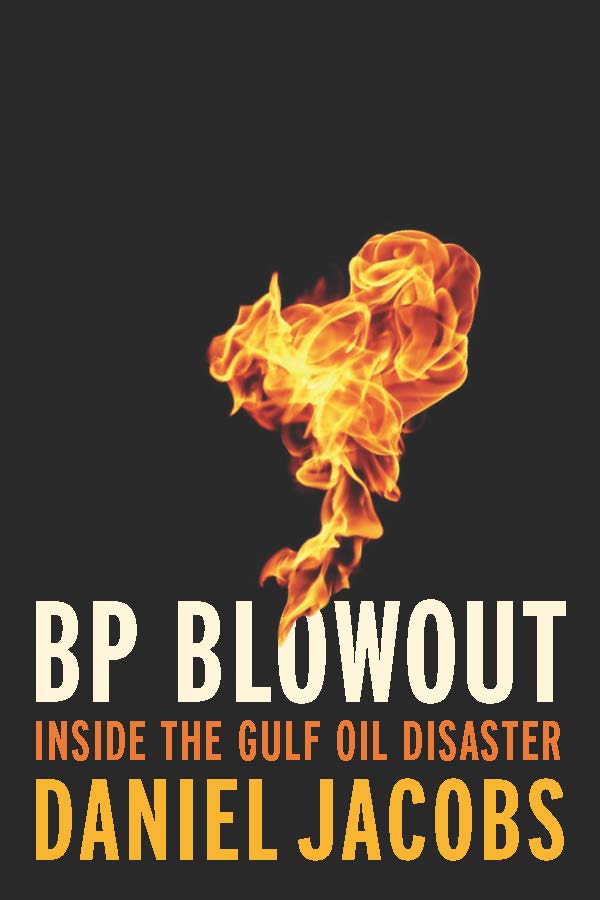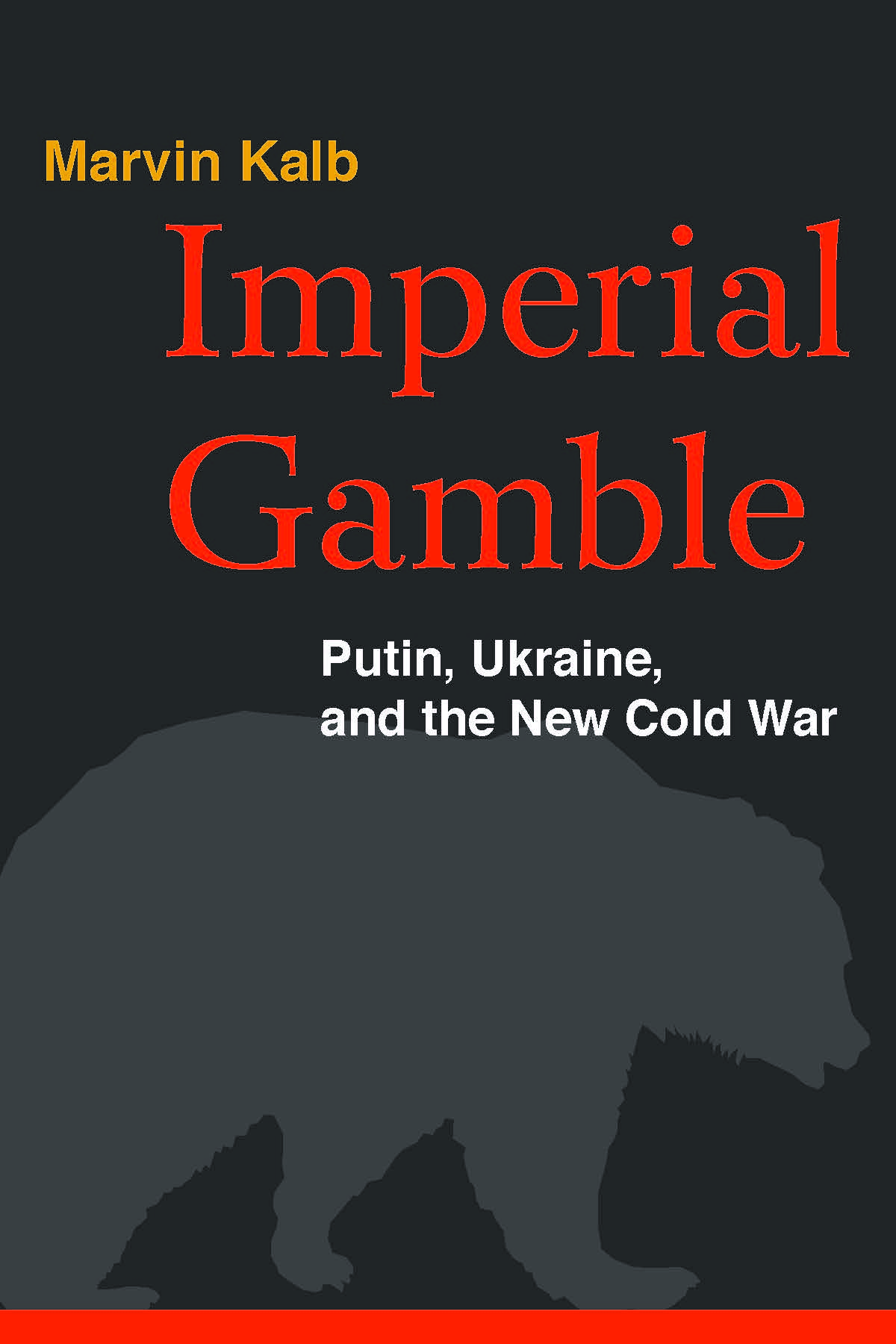For years the talk of the town in this nation’s capital has been that cheap U.S. natural gas is going to transform natural gas markets around the world. In that line of reasoning, it is regularly assumed, and expressed, that U.S. natural gas poses a serious risk to Russian gas market dominance in Europe. Its share of natural gas had been in decline for a number of years, and U.S. exports of liquefied natural gas (LNG) would only amplify this trend. While the previous is factually correct, the latter we believe is the other way around.
To those who declaimed at Washington, D.C. cocktail parties that Russia would be in serious trouble because of domestic U.S. energy production, last week’s news footage may have come as a shock. Russia’s Gazprom announced that in 2013 its share of European natural supplies rose to a historical high of 30 percent, with substantial export increases in the United Kingdom, Germany and Italy, which are the largest gas markets in the EU.[1] This may seem surprising when one considers that since 2003 the share of Russian natural gas had been in decline, and for some time Norwegian supplies may even have surpassed those of Gazprom. Is this then an incident, or a trend?
We believe the latter. The reason for this is quite simple: price dictates where natural gas flows, more than anything else, certainly including political preference. In the coming years, the wholesale price of U.S. natural gas will rise modestly, according to the U.S. Energy Information Administration to around $5/MMBtu in 2018. In 2016, the first – modest LNG shipments are expected to leave the United States. After 2020, U.S. domestic prices are expected to rise further, but let us stick to the $5/MMBtu for the sake of argument. Add to this roughly $6/MMBtu for the liquefaction, transport and regasification of the natural gas, and you end up around – and in many cases just over – European wholesale prices, certainly on the more liquid trading hubs of the United Kingdom and the Netherlands. Meanwhile, in Asian markets, oil-indexed contracts will remain in place for the foreseeable future. There, wholesale prices hover around $15/MMBtu, and therefore it cannot be surprising that in recent years the share of Europe in global LNG trade has drastically declined, from 27 percent in 2011 to 20 percent in 2012.[2] As an illustration, the utilization rates of the GATE LNG terminal in Rotterdam are around 10 percent, and we expect utilization rates of other European regasification terminals to be declining as well.[3]
With cheap (partly U.S.) coal reserves being widely available on global markets, this is the fuel source that currently dictates the price of electricity in Europe’s merit order. As a result, coal-fired power plants in that continent are fully operational; carbon emissions are going up, enlarging the CO2 footprint; and gas-fired plants only take hours to fulfill whatever demand is left. As market oriented enterprises in a liberalized environment tend to do, the operators of these plants prefer the cheapest feedstock, which is domestically produced natural gas or alternatives from nearby. We believe that with declining domestic production in the United Kingdom and the Netherlands, and declining production in important supply countries, such as Norway and Algeria, the market will increasingly dictate that Russian natural gas supplies will fill this supply gap. This is because LNG is more expensive, and it will take many years to get other competitive supplies, for instance from the Caspian region, into the market.
Surely there will be a lot of noise in Europe’s capital cities about the relations between Brussels, Moscow and the like, but at the end of the day this is the most likely scenario for the coming years. The liberalized market is moving on price signals, not on political settings and/or political desires. Still, European supplies are mainly pipeline oriented, for the simple reason that it is cheaper than the LNG value chain. We plan to do more in-depth work on these matters, and would welcome you to watch this space.
Ambassadors and politicians do not buy and sell natural gas, in whatever form it comes. Although the completion of the European internal gas market is far from realized, the liberalized market principle on the supply side is in place. With regard to attracting those supplies, the EU is in full competition with the rest of the globe, as the IEA has recently underlined.[4] Natural gas will remain important for the EU, if only to reduce its carbon emissions, such as the U.S. is currently doing. For the reasons mentioned above, it is likely that the share of Russian natural gas in Europe will increase further in the coming years, whether we like it, or not.
[1] http://www.bloomberg.com/news/2014-02-18/fracking-doesn-t-threaten-russian-power.html
[2] Groupe International des Importateurs de Gaz Naturel Liquéfié 2012, “The LNG Industry in 2012”, Paris, http://www.giignl.org/sites/default/files/publication/giignl_the_lng_industry_2012.pdf







